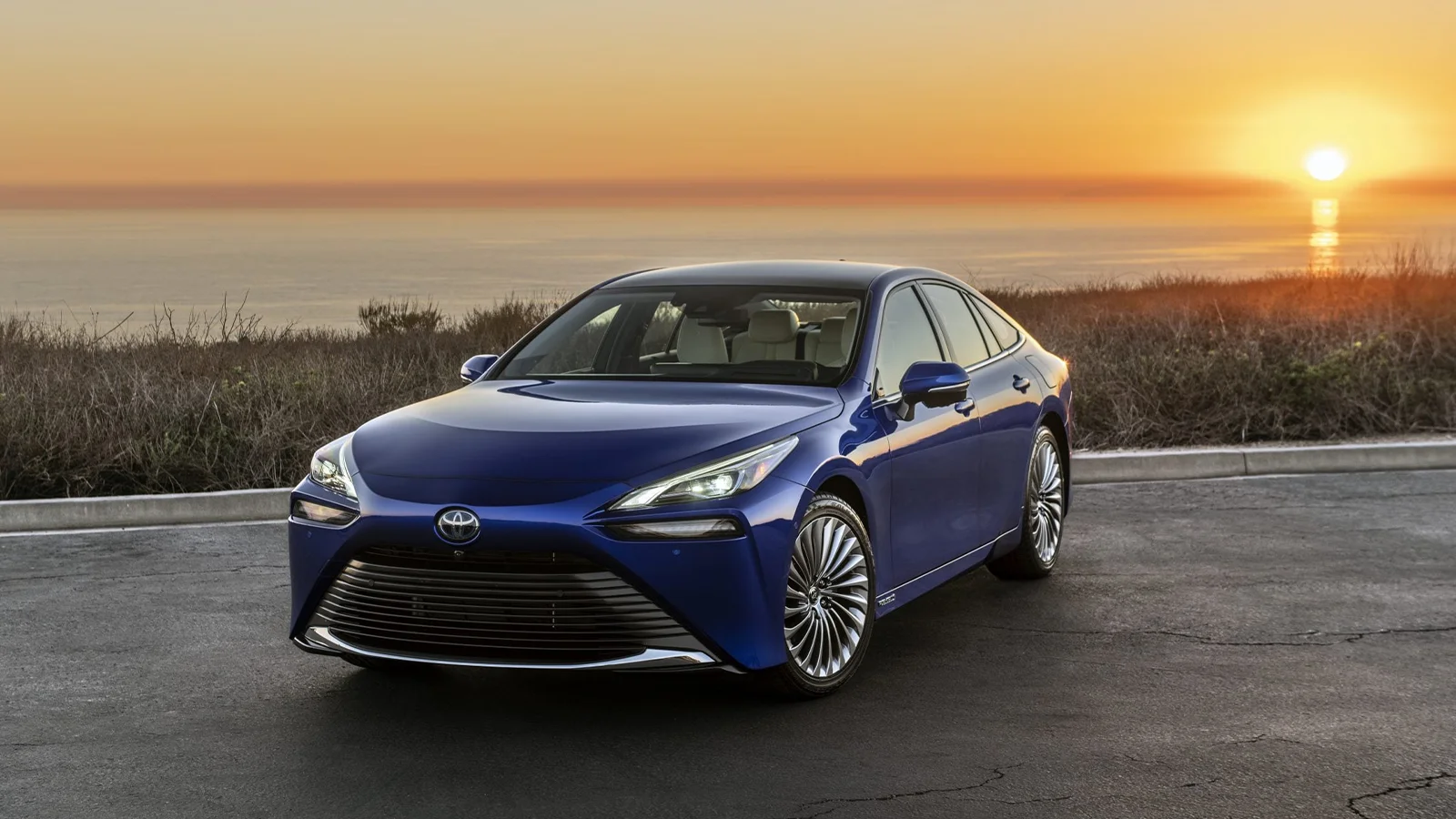
Hydrogen-powered vehicles—once the stuff of sci-fi dreams—are now rolling off production lines. But here’s the deal: the real challenge isn’t just building the cars. It’s building the world they’ll drive in. Let’s dive into where things stand… and where they’re headed.
Why Hydrogen? The Case for H2
Sure, electric vehicles (EVs) dominate the clean transportation conversation. But hydrogen? It’s got some serious advantages:
- Range: Hydrogen fuel cells can power trucks and SUVs for 300–400 miles—comparable to gas engines.
- Refueling speed: Fill up in 3–5 minutes, not hours.
- Heavy-duty potential: Ideal for long-haul trucks, buses, and industrial vehicles where battery weight becomes impractical.
That said, hydrogen isn’t perfect. Production is energy-intensive, and infrastructure? Well, it’s… sparse. But the momentum is shifting.
The Current State of Hydrogen Vehicles
Right now, hydrogen cars are niche—think Toyota Mirai or Hyundai Nexo. But the market’s growing. In fact, global hydrogen vehicle sales jumped 40% in 2023, albeit from a small base.
| Model | Range (miles) | Refuel Time |
| Toyota Mirai | 402 | 5 minutes |
| Hyundai Nexo | 380 | 3–5 minutes |
| BMW iX5 Hydrogen | 310 (estimated) | 4 minutes |
The real action, though, is in commercial fleets. Amazon’s testing hydrogen delivery vans. Daimler’s rolling out hydrogen trucks. And ports from LA to Rotterdam are betting on hydrogen for heavy machinery.
The Infrastructure Hurdle
Here’s the rub: without stations, hydrogen cars are glorified paperweights. As of 2024:
- California leads with ~60 stations (mostly around LA and the Bay Area).
- Europe has ~200, concentrated in Germany and Scandinavia.
- Japan’s pushing hard with 160+ stations.
Building more isn’t just about quantity—it’s about green hydrogen. Most hydrogen today comes from natural gas (“gray hydrogen”), which… kinda defeats the eco-purpose. The future? Electrolysis powered by renewables.
The Chicken-and-Egg Problem
No one buys hydrogen cars without stations. No one builds stations without cars. Breaking this cycle requires:
- Government incentives (like California’s $1.2B hydrogen infrastructure plan)
- Private partnerships (Shell and Toyota are teaming up on stations)
- Fleet-first adoption (buses, trucks, and taxis that refuel at central depots)
What’s Next? The 2030 Outlook
Predictions vary, but here’s the consensus:
- 2025–2027: Hydrogen heavy trucks hit mainstream logistics.
- 2028–2030: Major highways get hydrogen corridors (think I-5 in California or the EU’s TEN-T network).
- Post-2030: Passenger vehicles gain traction as costs drop and stations multiply.
Cost is the wildcard. Right now, hydrogen fuel runs ~$16/kg (roughly equivalent to $6/gallon gas). But with scaled production, experts project $4–$6/kg by 2030.
The Big Questions
Will hydrogen overtake EVs? Unlikely—they’ll probably coexist. Hydrogen’s edge is in long-haul and industrial uses where batteries falter. But for city commuters? EVs still win on convenience.
And then there’s public perception. Hydrogen sounds… explosive. (Remember the Hindenburg?) Modern fuel tanks, though, are absurdly safe—tested to withstand crashes and gunfire. Changing minds takes time.
Final Thoughts
Hydrogen’s future isn’t about replacing every gas car or EV. It’s about carving out niches where it makes sense—where range and speed matter more than ubiquity. The infrastructure will come. Maybe slower than fans hope, but faster than skeptics think.
The road ahead? It’s paved with hydrogen… and a lot of unanswered questions.










